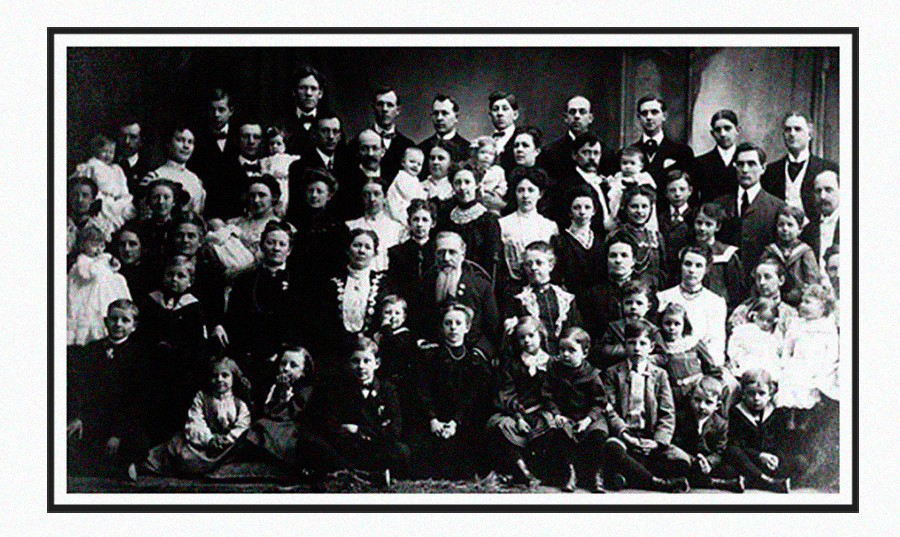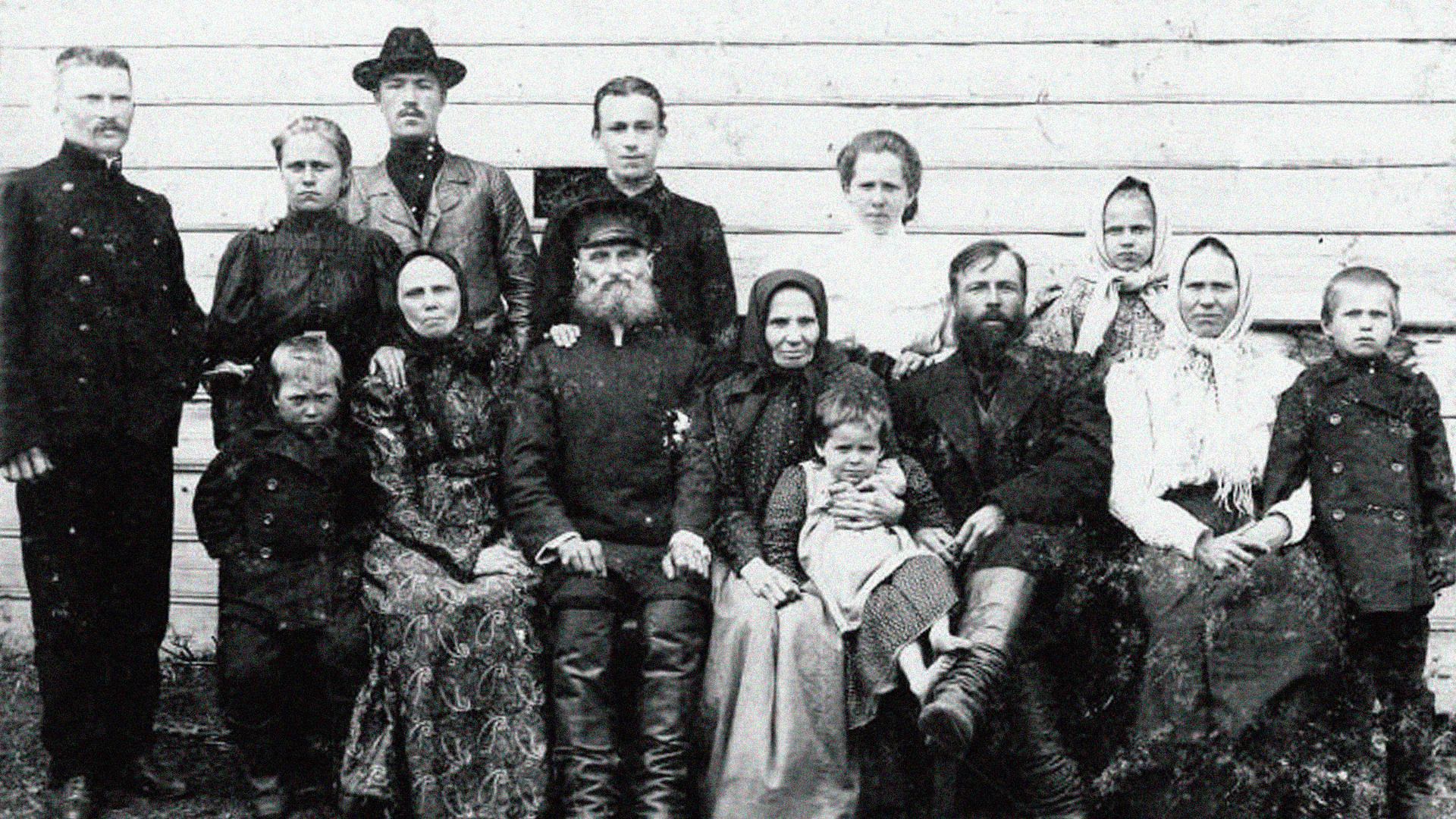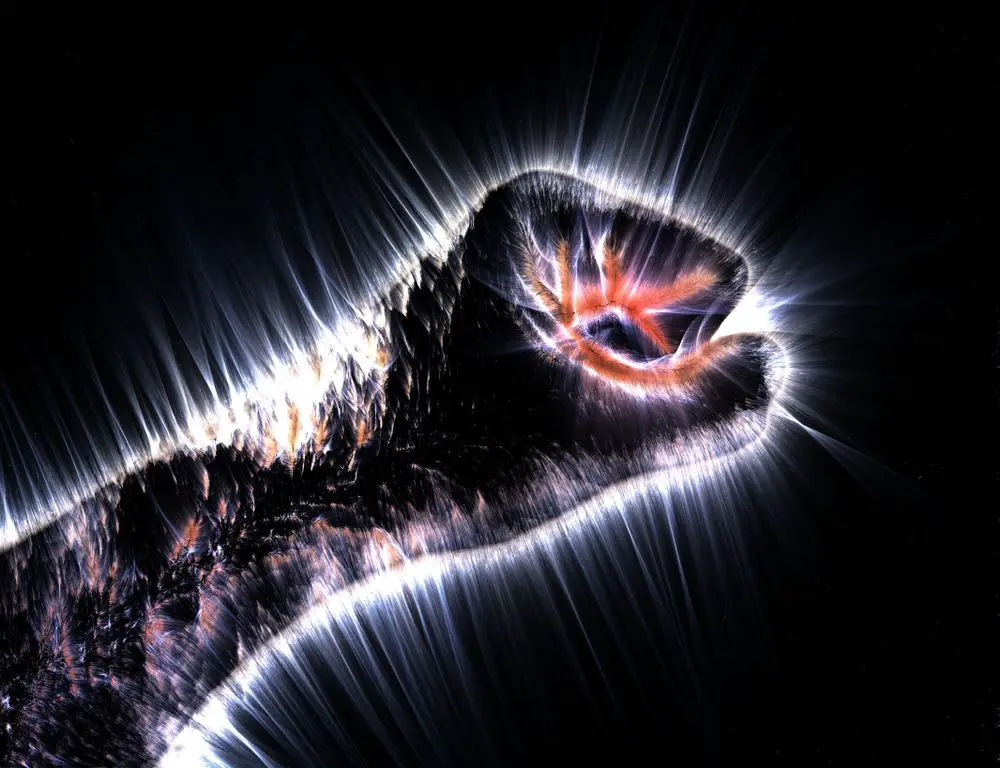 ittle is known about this fertility case from 18th-century Russia, and many doubt the story, but scientists claim it is possible. The miracle, however, is not really in the number of births, but in the incredible survival rate: only one pair of twins failed to reach adulthood, and that in a time and place where one in three children died in infancy and every pregnancy and birth posed a high risk to the life of the mother.
ittle is known about this fertility case from 18th-century Russia, and many doubt the story, but scientists claim it is possible. The miracle, however, is not really in the number of births, but in the incredible survival rate: only one pair of twins failed to reach adulthood, and that in a time and place where one in three children died in infancy and every pregnancy and birth posed a high risk to the life of the mother.
Nevertheless, the records of the local church, the Nikolsky Monastery, show that Fedor’s wife Valentina Vasilyeva gave birth to 16 pairs of twins, 7 triplets, and 4 quadruplets between 1725 and 1765, for a total of 27 births and 69 children. The church records also show that his second wife gave birth to six pairs of twins and two triplets, for a total of 8 births and 18 children.

If that happened today, the tabloids would be full of it and several TV and film companies would be looking after the family. And because we are the same people in these matters as we were 400 years ago, the Russian Empire, when it learned of the case, moved the children to Moscow and covered their living expenses, and for this reason, did not allow foreign researchers to obtain the data on the children’s names and lives.
Case in the records
The news reached the Russian Empire with the help of a Birtan merchant who suggested that Feodor be presented to the Empress. The first published article on the case appeared in 1783 in The Gentleman’s Magazine (vol. 53, p. 753, London, 1783), which stated that “the information, astonishing as it may be, can not be relied upon as coming directly from an English merchant in St Petersburg to his relatives in England, who added that the peasant was to be presented to the Empress”.
The same numbers were given in 1834 in a book by Bashutskiy, Saint Petersburg Panorama. Later, the case appeared again and again in studies of twins, triplets, and quadruplets. However, most researchers have expressed doubts about this case.
In 1933, Julia Bell published an article in Biometrika entitled “Plural Births with a new pedigree” in which she stated that a 1790 book by B. F. J. Hermann, Statistical Account of Rutsland, was very cautious in counting the children of Fyodor Vasilyev. Bell adds that The Lancet reported on this case in an article on the examination of twins in 1878.
This article states that the French Academy of Sciences was trying to verify the claims about Vasilyev’s children and approached M. Chanikoff of the Imperial Academy of St. Petersburg for advice. Chanikoff informed him that all research was superfluous, that the members of the family were still living in Moscow, and that they had been favored by the government.
Valentina Vasiliev was pregnant for 18 years
If this story is true, then Valentina Vasiliev still gave birth in her late 50s, which again is theoretically possible if her body has the rare super-configurations to survive all those pregnancies, births, and breastfeeding.
When a woman is born, she has about a million eggs, of which only a few hundred thousand survive to adulthood. Of these eggs, only about 400 mature and ovulate during a 30-year period in which women can become pregnant. The last of these eggs to ovulate, late in a woman’s fertility window, have a much higher risk of suffering damage and mutations, such as chromosomal abnormalities. Many pregnancies with these atypical eggs end on their own because the quantity and quality of the eggs decrease as the woman ages.
At the age of 45, the chance of having a baby per cycle is about 1 % per month. Moreover, with each pregnancy, it becomes more difficult to become pregnant again, because successive births are very strenuous for the woman’s anatomy. And if Valentina Vasiliev were breastfeeding, her body would not ovulate. However, some women do get pregnant while breastfeeding.
So it seems that the Vasiliev family was very lucky with some rare genetic combinations that enabled them to have children even in their 50s. And Fedor Vasiliev went even further when he married again and fathered 18 more children with his second wife. These children were also twins and triplets, so Fedor’s story is a rare genetic and reproductive case indeed.
Serfdom in Russia
The main reason why many don’t believe this story is that Fedor was a Russian peasant who was a serf at the time, which differed from slaves only in that landowners couldn’t kill their serfs. But serfs weren’t allowed to leave the land at any time, otherwise, it would have been a criminal offense.
They were given a small piece of land on which they could grow food for their own use, but they had no time to work there because they were exploited on their master’s land. The landowners could sell the serfs to other landowners and keep their personal property and family.
Uprisings and rebellions were the order of the day throughout Russia. But it was not until 1861 that the serfs were freed as part of a major agrarian reform initiated by Tsar Alexander II when he said it was better to free the peasants from above than to wait for them to gain their freedom through revolts from below.
So, given the harsh living conditions of the serfs, and despite the fact that large families were essential for survival because more hands meant more work on one’s own land, it is highly unlikely that Fedor’s 69 children from his first marriage and 18 from his second marriage would reach adulthood. But if you believe in this story, then you also believe in miracles, and more miracles will happen to you.

Writer and director who thinks different and does everything differently. Art enthusiast. Wandering and wondering. Until the end of meaning.
irena_curik@hotmail.com





